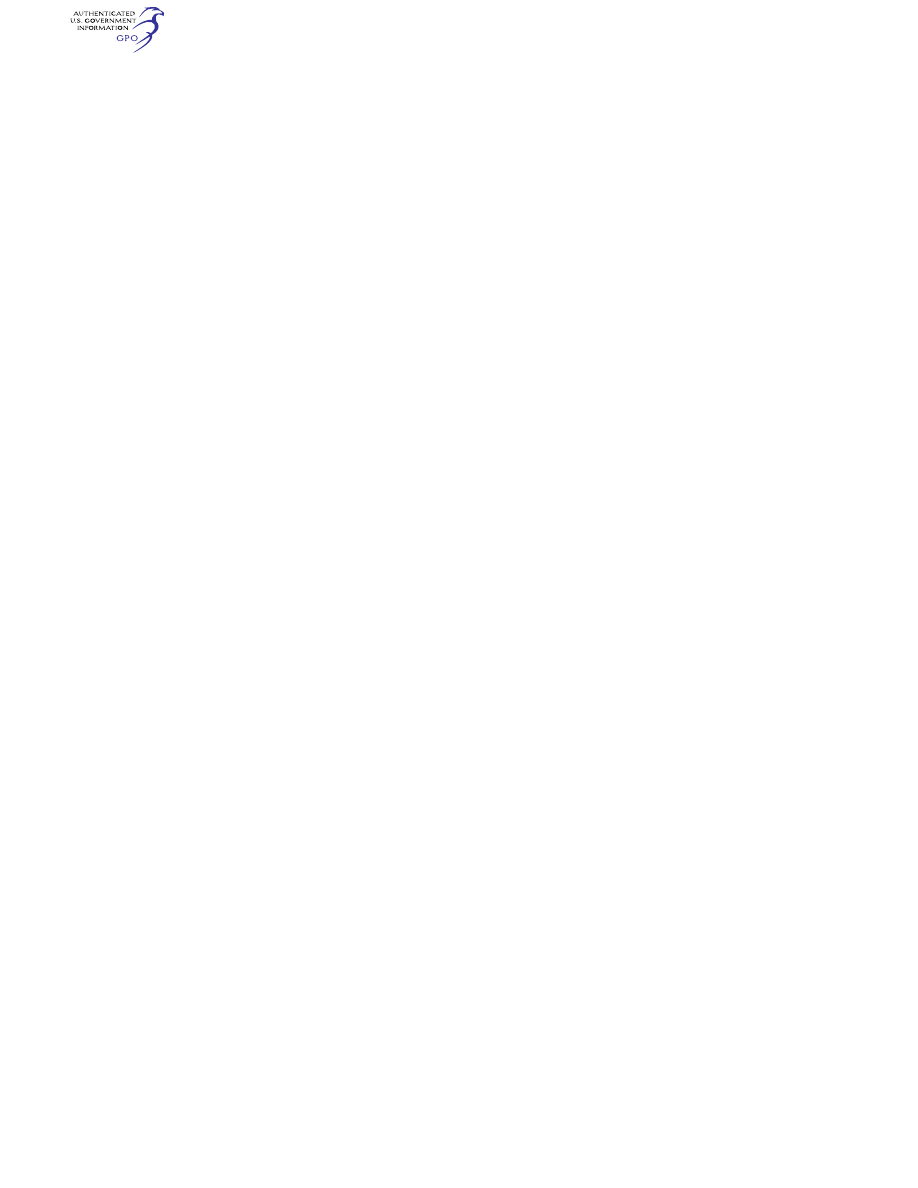
401
Federal Aviation Administration, DOT
§ 129.111
(3) For all models of the Boeing 707,
the flight cycle implementation time is
15,000 flights.
(4) For all models of the Boeing 720,
the flight cycle implementation time is
23,000 flights.
(5) For all models of the Boeing 727,
the flight cycle implementation time is
45,000 flights.
(6) For all models of the Boeing 737,
the flight cycle implementation time is
60,00 flights.
(7) For all models of the Boeing 747,
the flight cycle implementation time is
15,000 flights.
(8) For all models of the McDonnell
Douglas DC–8, the flight cycle imple-
mentation time is 30,000 flights.
(9) For all models of the McDonnell
Douglas DC–9/MD–80, the flight cycle
implementation time is 60,000 flights.
(10) For all models of the McDonnell
Douglas DC–10, the flight cycle imple-
mentation time is 30,000 flights.
(11) For all models of the Lockheed
L–1011, the flight cycle implementation
time is 27,000 flights.
(12) For the Fokker F–28 Mark 1000,
2000, 3000, and 4000, the flight cycle im-
plementation time is 60,000 flights.
(b) [Reserved]
[Doc. No. 29104, 65 FR 24126, Apr. 25, 2000; 65
FR 35703, June 5, 2000, as amended by Amdt.
129–30, 66 FR 23131, May 7, 2001; Amdt. 129–35,
67 FR 72834, Dec. 9, 2002; Amdt. 129–39, 69 FR
45942, July 30, 2004. Redesignated and amend-
ed by Amdt. 129–43, 72 FR 63413, Nov. 8, 2007;
Docket FAA–2018–0119, Amdt. 129–53, 83 FR
9174, Mar. 5, 2018]
§ 129.109 Supplemental inspections for
U.S.-registered aircraft.
(a)
Applicability.
This section applies
to U.S.-registered, transport category,
turbine powered airplanes with a type
certificate issued after January 1, 1958
that as a result of original type certifi-
cation or later increase in capacity
have—
(1) A maximum type certificated pas-
senger seating capacity of 30 or more;
or
(2) A maximum payload capacity of
7,500 pounds or more.
(b)
General requirements.
After Decem-
ber 20, 2010, a certificate holder may
not operate an airplane under this part
unless the following requirements have
been met:
(1)
Baseline Structure.
The certificate
holder’s maintenance program for the
airplane includes FAA-approved dam-
age-tolerance-based inspections and
procedures for airplane structure sus-
ceptible to fatigue cracking that could
contribute to a catastrophic failure.
For the purpose of this section, this
structure is termed ‘‘fatigue critical
structure.’’
(2)
Adverse effects of repairs, alter-
ations, and modifications.
The mainte-
nance program for the airplane in-
cludes a means for addressing the ad-
verse effects repairs, alterations, and
modifications may have on fatigue
critical structure and on inspections
required by paragraph (b)(1) of this sec-
tion. The means for addressing these
adverse effects must be approved by
the responsible Aircraft Certification
Service office.
(3)
Changes to maintenance program.
The changes made to the maintenance
program required by paragraph (b)(1)
and (b)(2) of this section, and any later
revisions to these changes, must be
submitted to the Principal Mainte-
nance Inspector for review and ap-
proval.
[Doc. No. FAA–1999–5401, 70 FR 5532, Feb. 2,
2005. Redesignated by Amdt. 129–43, 72 FR
63413, Nov. 8, 2007; Amdt. 129–44, 72 FR 70508,
Dec. 12, 2007; Docket FAA–2018–0119, Amdt.
129–53, 83 FR 9174, Mar. 5, 2018]
§ 129.111 Electrical wiring inter-
connection systems (EWIS) mainte-
nance program.
(a) Except as provided in paragraph
(f) of this section, this section applies
to transport category, turbine-powered
airplanes with a type certificate issued
after January 1, 1958, that, as a result
of original type certification or later
increase in capacity, have—
(1) A maximum type-certificated pas-
senger capacity of 30 or more, or
(2) A maximum payload capacity of
7500 pounds or more.
(b) After March 10, 2011, no foreign
person or foreign air carrier may oper-
ate a U.S.-registered airplane identi-
fied in paragraph (a) of this section un-
less the maintenance program for that
airplane includes inspections and pro-
cedures for EWIS.
(c) The proposed EWIS maintenance
program changes must be based on
